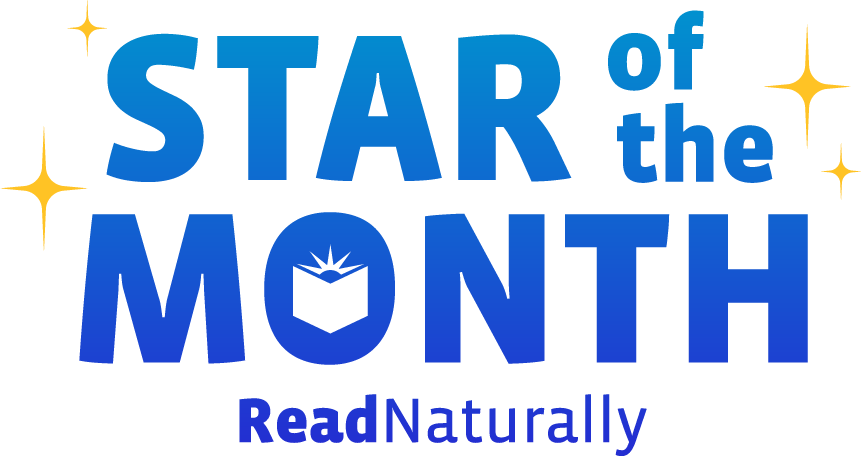If you work with struggling readers, chances are you’ve encountered a student with dyslexia. Dyslexia is the most common learning disability in the country. Students with dyslexia are smart and competent, but differences in their brains make reading much harder for them. While educators and parents don’t usually make official dyslexia diagnoses, they are often the first ones to spot the symptoms, which include trouble with decoding, spelling, rhyming, and phonological awareness.
Read more Educators today are bombarded with recommendations on the most effective products and strategies. Whether you’re surfing online or talking to a trusted expert, countless others will claim to know what’s best for you and your students. As you know, the only way to truly know what is effective in your classroom is to try the recommended tool or strategy for yourself.
Read more Everywhere you go these days, it seems that educators are talking about personalized learning. Defined loosely, “personalized learning” is instruction that is tailored to meet an individual student’s needs. The instruction is usually delivered via technology that can adapt to each student. Educators often ask us if our web-based reading intervention program, Read Naturally Live, is considered a personalized learning tool. Our answer is that it’s “personalized learning with a twist.”
Read more What are the characteristics of a successful school? Educators everywhere have asked this question in hopes that the answers might help create an optimal learning environment for students. Over the past 14 years, the Office of the Superintendent for Public Instruction (OSPI) has done extensive research into this question as well. The studies conducted there led to a list of nine characteristics that were found most often in high-performing schools. Read on for a summary of the nine characteristics, as well as the many ways in which Read Naturally programs can help your school develop them.
Read more Today, thanks to the Open Educational Resources (OER) movement, more and more teachers are designing and sharing curricula. The digital revolution has given teachers better equipment to create materials, and it’s now easier than ever for teachers to share these materials with others. What’s more, many of these materials are available for free. To many teachers, the OER movement seems too good to be true—and then, inevitably, they wonder: Is there a downside?
Read more How can we help those students who have not attended preschool and/or do not possess the same school-readiness skills as their peers?
Read more Flip on the 2016 Summer Olympics, and you’ll quickly see that today’s athletes are the best of all time. Records are being shattered left and right. The best sprint times of Jesse Owens, once considered the fastest runner in the world, wouldn’t even earn him a medal today. And if you really want to be blown away, compare the Olympic women gymnasts of 1936 to the “Final Five” who captured the gold in Rio. To say there’s no comparison would be an understatement.
Read more In elementary school, I remember participating in a reading incentive program with a simple premise: The more books I read, the more points I’d receive toward a reward. Because of the reward, my classmates and I were highly motivated to spend our free time reading. What’s not to love about a program like that?
There was just one problem. I could read a long, challenging chapter book slightly above my reading level in the same amount of time it took my classmate to read a dozen quick, easy books below his reading level. Who earned more points? My classmate. What did I learn? Quantity beats quality. Don’t challenge yourself.
The program had a fantastic mission, but there was an unintended consequence for me and many other students. Unfortunately, this kind of thing happens often in schools. The only way to avoid it is for teachers to take the time to scrutinize the practices and programs they put to use in their classrooms. Are we doing things out of habit or because others are doing them? Or are we doing things because they truly promote learning? A good educator is one who observes and adjusts—constantly and relentlessly.
Read more Children are masters at reading our expectations of them. What we communicate with our body language, mood, and tone of voice while interacting with them often speaks louder than the actual words we say. And when we have expectations, guess what? For better or worse, the children live into them.
Read more Learning to decode words is a difficult skill in its own right. ELL students have the added challenge of learning this skill in a nonnative language. It goes without saying that these students need lots of extra support. What should this support look like?
Read more  Share your student’s success story—nominate him or her for our Star of the Month award. Win a Barnes & Noble gift card for the student and a Read Naturally gift certificate for your class!
Share your student’s success story—nominate him or her for our Star of the Month award. Win a Barnes & Noble gift card for the student and a Read Naturally gift certificate for your class!